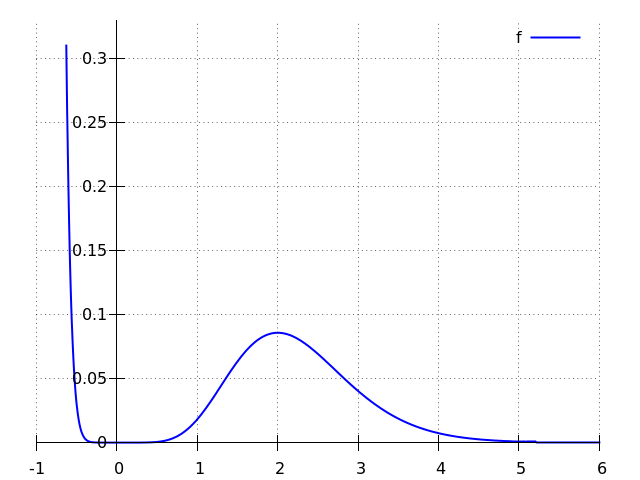Applications of differentiation: Analysis of functions
 Monotonicity
Monotonicity
Monotony
Let be a function which is defined on an interval .
- is called increasing if, for all numbers of , in with , we have .
- is called decreasing if, for all numbers , in with , we have .
- is called weakly increasing if, for all numbers , in with , we have .
- is called weakly decreasing if, for all numbers , in with , we have .
A function that is only increasing or only decreasing is called monotonic.
The graph of an increasing function moves to the top right.
By looking at the derivative of a function we can find out if it is increasing or decreasing.
Derivative criterion for monotony
Assume that is a continuous function on which is differentiable on the open interval where and are the boundary points of .
- If for all , then is increasing on .
- If for all , then is decreasing on .
- If for all , then is weakly increasing on .
- If for all , then is weakly decreasing on .
The function is increasing on an interval if for all in . The first derivative of the function is:
By moving and outside of the brackets, we can rewrite this to
The graph of this derivative intersects the -axis in and . Now we take a look at the sign diagram to determine the sign of the derivative on both sides of the points and . For and , the value is , so is increasing on ; in other words, for .
Below the graph of the function is drawn.

Unlock full access


Teacher access
Request a demo account. We will help you get started with our digital learning environment.
Student access
Is your university not a partner?
Get access to our courses via Pass Your Math independent of your university. See pricing and more.
Or visit omptest.org if jou are taking an OMPT exam.
Or visit omptest.org if jou are taking an OMPT exam.



